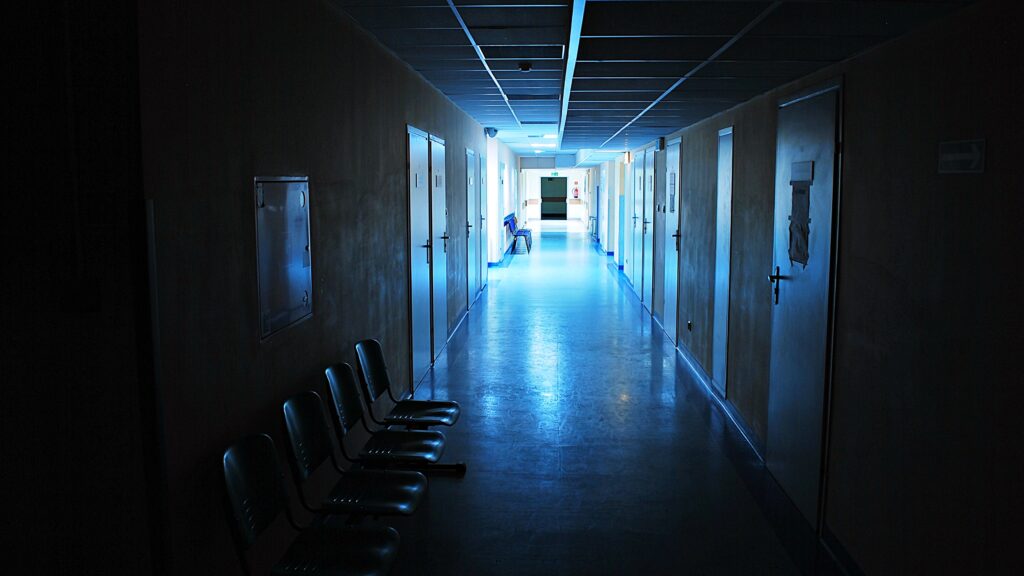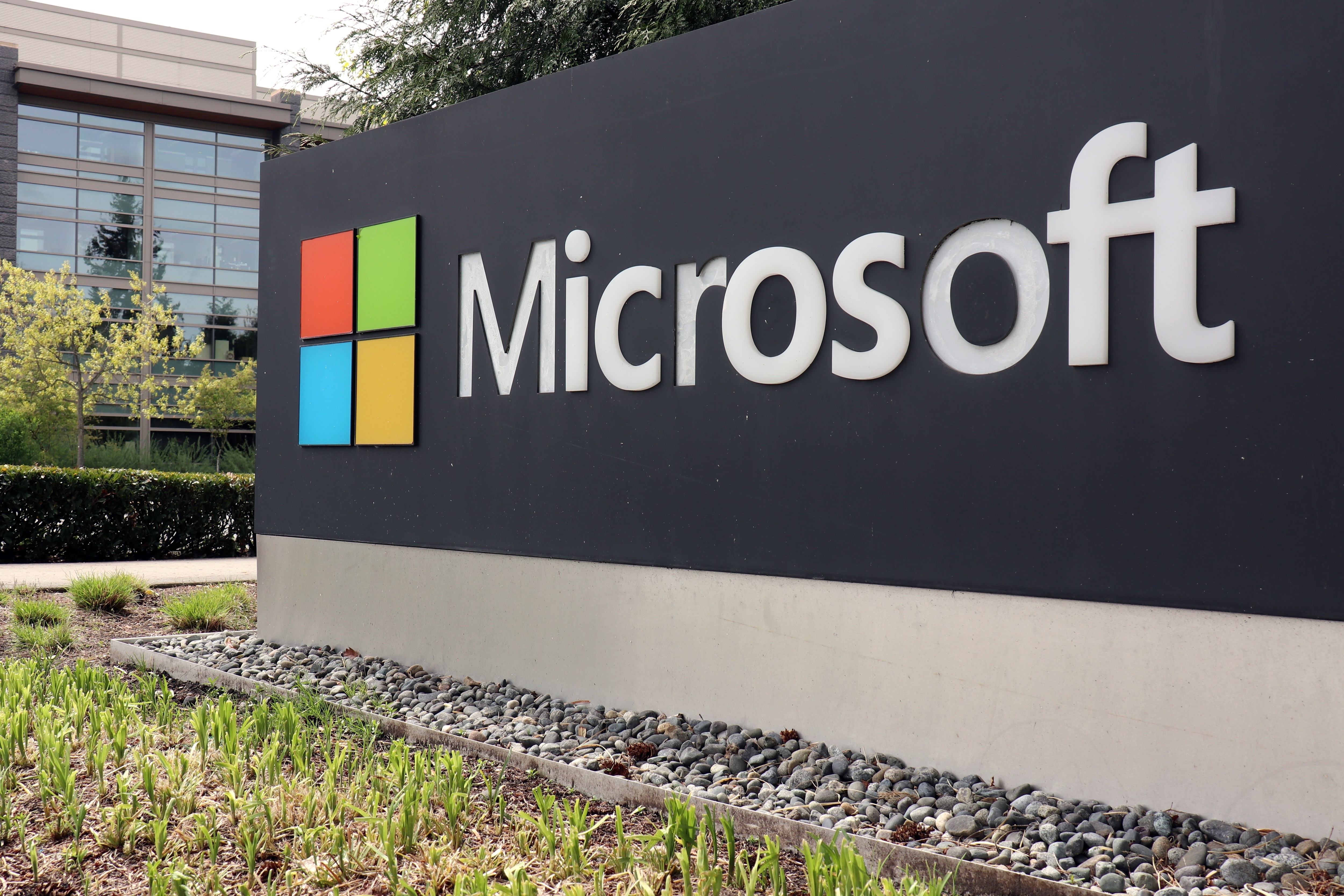
WASHINGTON — In the war rooms hospitals have stood up to respond to the historic Medicaid cuts enacted by Republicans earlier this year, leaders are planning substantial financial moves and innovative solutions as they brace for revenue dips.
The reactions are split between the haves and have-nots, according to hospital leaders and their advisers, nearly a dozen of whom spoke to STAT for this story since the cuts were signed into law in July.
In the boardrooms, financial meetings, and administrators’ offices of systems that are already in trouble financially — or fear they could be in the coming years — discussions include what services could be cut or consolidated to particular locations to make up savings. The reconciliation package has become a fixture of conversations about hospitals’ financial standing and plan for the future.
But executives at relatively prosperous systems, still concerned by the prospect of the biggest rollbacks on federal funding in decades, are considering how the Medicaid cuts could present a unique opportunity to expand or push to invest in new technologies or care models.
Many of the hospital leaders, some of whom spoke on condition of anonymity to describe internal deliberations, compared the coming cuts to the Covid-19 pandemic: an event that will heap new pressure on America’s already stretched health care system and impact patient outcomes — while also forcing creative thinking and new ideas to survive.
“We’re in a little bit of an existential crisis here,” Matthew Cook, president and CEO of the Children’s Hospital Association, said — adding that the Medicaid cuts, still top of mind, are being compounded by slashes to other health spending, including research funding from the National Institutes of Health.
The law will ultimately cut nearly $1 trillion in Medicaid spending over the next decade, adding new work requirements for the program and creating limits on large federal funding streams states use to support their programs. Nearly 10 million Americans are expected to lose health coverage under the bill over the next decade, according to an analysis from the nonpartisan Congressional Budget Office.
Many of the Medicaid provisions — especially those that directly change processes for beneficiaries — don’t go into effect until 2027. And several Republicans who supported the bill now say they want to amend it before those changes take place.
“Everyone’s making a full-court press to try to alter the rules,” said Greg Maddrey, president of health consulting firm Chartis.
The uncertainty around how the law, even after passage, could evolve through future legislation, along with the delay in implementation, has led some providers to not immediately act on the projected cuts. Still, plans are being made.
“Lots can change — and I think from an industry standpoint, that is the hope,” said Marty Bonick, president and CEO of Ardent Health. “But hope is not a plan.”
Spending cuts all around
The plans that have emerged, nearly across the board, include cutting spending where possible to prepare for a drop in government reimbursements in the coming years.
Hospital executives’ decisions are likely to be the first ways in which patients feel the impacts of Republicans’ first major piece of legislation while controlling Congress and the White House.
President Trump signed the bill into law this summer over objections from the health industry and hesitations from even some conservatives in Congress, who feared drastic Medicaid changes would be devastating for hospitals and patients even as they delivered tax cuts.
Still, some conservatives argue the law is a necessary reversal in the sharp growth in Medicaid spending in recent years, along with a surge in federal health spending since the pandemic.
Hospitals, meanwhile, argue that they will be left to make up the differences in lost or reduced payments, underscoring that they are required to treat patients regardless of insurance status. With the expected rise in uninsured rates, uncompensated care is also projected to balloon.
If providers are forced to recede from service lines in some areas — or make up their losses through higher payments from commercial insurers — patients will undoubtedly feel the effects, hospital leaders say.
The expected federal cuts are already turning up the heat in negotiations over how much commercial insurers should pay, hospital executives said.
“We do expect that that’s going to become more contentious than it’s been,” Bonick said. “Things are going to get more challenging.”
Those negotiations may further fuel the rising insurance prices employers expect to face in the coming year.
But providers are looking beyond just increasing commercial payments.
Some systems are deliberating over-cutting or consolidating services, especially those that traditionally lose money or have a high Medicaid utilization, including behavioral, pediatric, and women’s care. Facilities that were already losing money but were made possible through more profitable care may now create too much drag on systems to remain sustainable.
“For the average hospital, you’re looking at 40% to 70% of their business is going to be directly affected over the next five years by these cuts,” Maddrey said. “It’s just a magnitude question of how far you go, and how draconian you might be.”
Still, some health systems believe that between commercial payers and new efficiencies they can find internally, they won’t have to cut services.
Others see an opportunity amid the pressure: to buy other providers who, staring down a more dire financial outlook, may be increasingly open to being absorbed by a large system.
Some systems see consolidation as a way to promote patient access in areas where it otherwise wouldn’t be possible, despite criticism from lawmakers and patient groups that it reduces competition and patient choice between providers.
“We do think that as a result of the [One Big Beautiful Bill Act], there is going to be more consolidation in the industry,” Bonick said, noting Ardent was among the systems considering how it might expand.
“We also think there are going to be systems that just are not able to withstand the headwinds of this bill themselves, and they are going to be looking for capital partners,” he said.
Turning to AI to weather the storm
For systems that look to weather the cuts without new cash infusions, improving efficiencies remains a top priority.
“Once you get over the shock and awe about [the cuts], it’s like anything else: How do you turn lemons to lemonade?” said Anthony Cunningham, chief revenue officer at LCMC Health in Louisiana.
Nearly all health systems will look to tighten up their expenses and shore up their revenues, Cunningham said, including by working with patients to ensure they are getting all the assistance they’re eligible for and reducing operational redundancies.
Technology can play a part in that work, Cunningham said, acknowledging that some hospitals won’t have the resources to invest in new artificial intelligence advances that promise huge efficiency boosts.
For those that can afford it, “there’s going to be more willingness to adopt a wide range of technology,” one system executive said, noting they expected the cuts to act as a “tailwind” for health AI in the same way the pandemic supercharged the adoption of telehealth.
But even systems that do have money for tech improvements could be taking a gamble on substantial investments in relatively new AI systems, not knowing the true financial consequences of their integration. And even the rosiest outlooks on technology’s ability to help won’t solve the shortfalls some systems are facing.
“It’s not going to be the end-all be-all solution for what we’re facing in rural areas,” Carrie Cochran-McClain, chief policy officer at the National Rural Health Association, said — noting that there’s still a lot of interest in AI and other tech for improving care and efficiency.
Rural providers have trained much of their focus on a $50 billion rural health transformation fund that was included in Republicans’ law.
The money will not make up the difference in the cuts, health systems say (“It’s like putting a Band-Aid on a gunshot wound,” according to Cook of the Children’s Hospital Association), but there is still substantial interest in tapping into the fund.
Federal officials said they want the funds used to address systemic issues within rural care, not just make up the differences in lost Medicaid payments, even as systems are urgently looking to address revenue gaps.
Hospital leaders, who have been asking state and federal officials how they might ensure they get a piece of the fund, say they are still confused on the specifics.
“It’s what everyone wants to know, including us and our members,” Cochran-McClain said. “There are a lot of directions that that funding can take.”
Health providers nationwide, rural or not, are also bracing for the possibility that federal health funding could dip even beyond the Medicaid cuts.
As Congress considers whether to renew billions of dollars in insurance subsidies this month, health industry representatives will again return to Washington to plead their case — for the federal government to keep up its health spending — hoping this time for a more receptive audience.
But those hopes may be empty.



